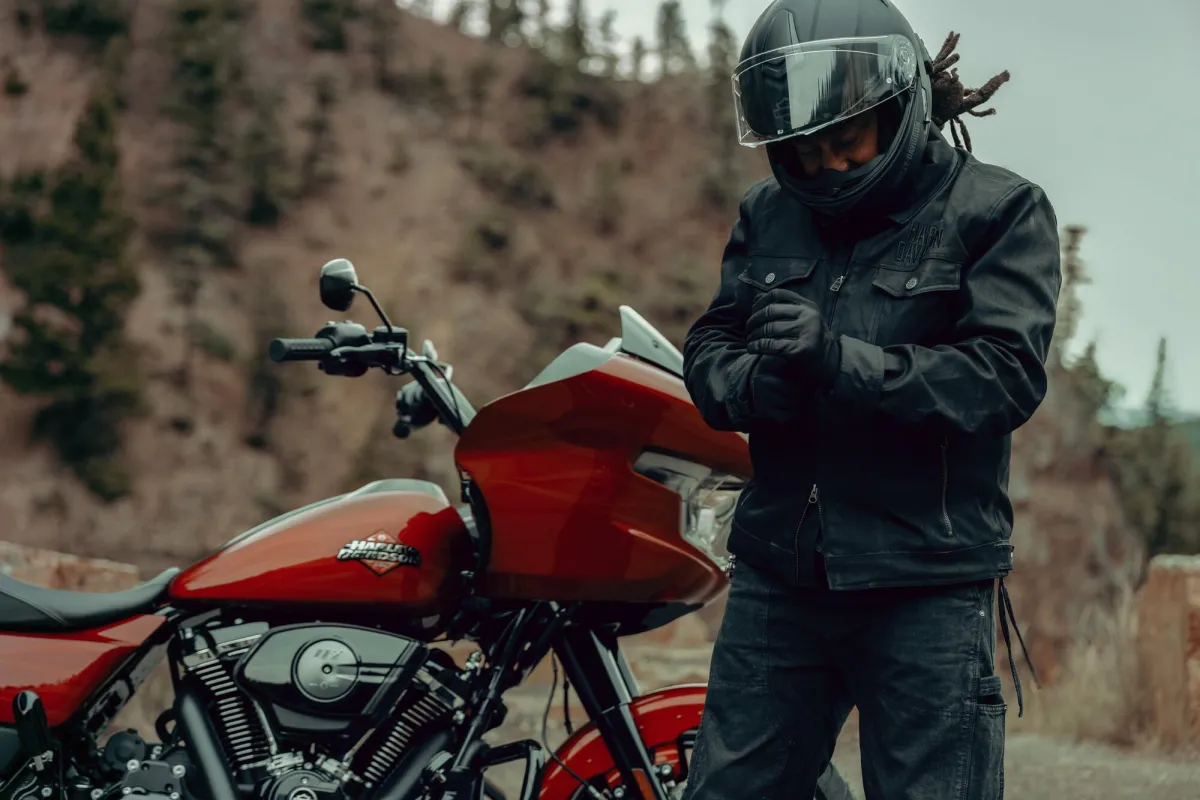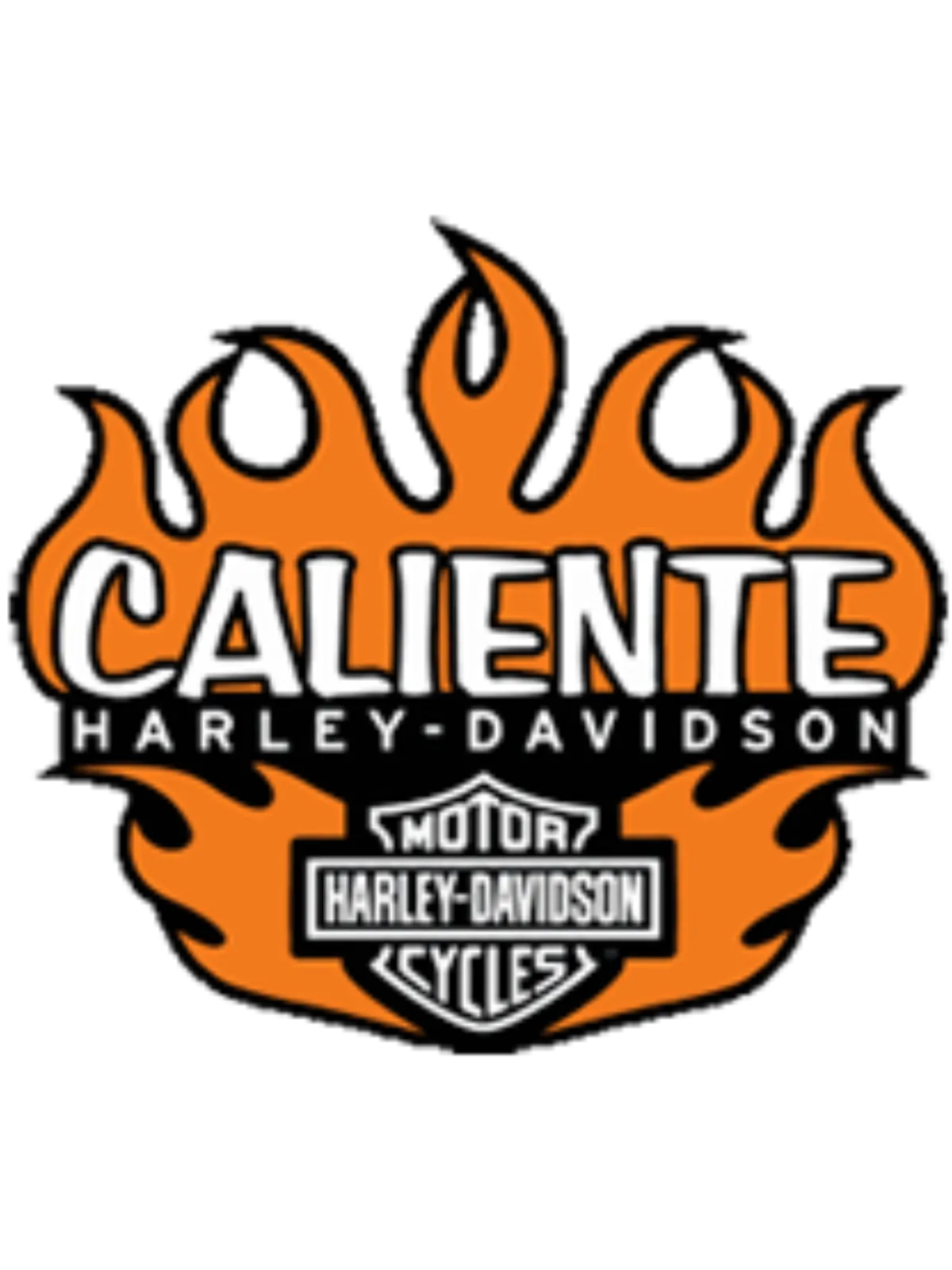Caliente Harley-Davidson Blog

The transition from carburetors to fuel injection in Harley-Davidson
The transition from carburetors to fuel injection in Harley-Davidson motorcycles was a significant shift in both performance and technology. It reflected broader trends in the motorcycle industry, driven by emissions regulations, fuel efficiency, and improved performance.
Key Milestones in the Transition:
1980s – Early Fuel Injection Attempts:
Harley-Davidson experimented with electronic fuel injection (EFI) as early as the 1980s, particularly in police models and some special-order bikes.
1995 – First Factory-Installed EFI System:
The 1995 FLH touring models (Electra Glide, Road King, etc.) were the first Harley-Davidson motorcycles to offer EFI as an option.
This early Magneti Marelli system improved fuel metering and cold starts but was still relatively basic.
2001 – EFI Expands to Softail Models:
Harley introduced EFI as an option on Softail models to expand fuel injection across different bike families.
2002 – Standard EFI on Touring Models:
Harley-Davidson made EFI standard on all Touring models, marking a major step toward the full transition.
2007 – Full EFI Transition:
By 2007, all Harley-Davidson motorcycles came equipped with fuel injection from the factory, making carbureted models officially obsolete in the lineup.
Why Harley Switched to Fuel Injection:
Stricter Emissions Regulations:
EFI allows for precise fuel-air mixture control, leading to cleaner emissions and compliance with tightening EPA and international emissions standards.
Better Fuel Efficiency & Performance:
Fuel injection improves fuel economy, throttle response, and engine efficiency, especially in varying altitudes and temperatures.
Reduced Maintenance:
Carburetors require regular tuning, jet changes, and adjustments, especially with seasonal or altitude changes.
EFI self-adjusts and needs far less maintenance.
Cold Start and Idle Control:
Carbureted Harleys often required a choke and warming up before riding. EFI eliminates this issue with automatic enrichment systems.
Smoother Power Delivery:
EFI provides smoother acceleration, better throttle response, and adapts dynamically to riding conditions.
Impact on Harley-Davidson Riders:
Traditionalists & Custom Builders: Some purists prefer carbureted Harleys for their simplicity and mechanical tuning flexibility.
Performance-Oriented Riders: Riders looking for consistent performance and reliability embraced EFI as it eliminated many of the quirks of carbureted engines.
Tuning & Upgrades: While carburetors allow for easier DIY tuning with jets and adjustments, EFI tuning requires ECU remapping or a Power Commander for modifications.
The Future of Harley-Davidson Fuel Systems:
Harley continues to refine its fuel injection technology with ride-by-wire systems, performance mapping, and integration with modern electronic controls.
The brand is also evolving into hybrid and electric motorcycles with models like the LiveWire, showing that fuel delivery systems will keep changing with technology.

Facebook
Instagram
TikTok
Youtube